Welcome to an exploration of the pinnacle of art auction achievements—where we unveil the stories and values behind the world’s most expensive paintings. This article is crafted to guide both novices and seasoned art enthusiasts through the intricate world of high-value art pieces, revealing the complexities of their pricing and cultural significance.
By the end of this journey, you will not only have a deeper understanding of what makes these artworks extraordinarily valuable but also gain insights into the art market dynamics that propel their prices to astronomical heights. Let’s discover together why these artworks command such staggering figures and what makes each piece uniquely significant.
Introduction to Art Valuation
Art valuation is a complex process influenced by a multitude of factors that go beyond the apparent beauty of a piece. Historically, elements such as the artwork’s age, the fame of the artist, and its provenance play pivotal roles in determining its value. This section sheds light on the foundational aspects of what appraisers consider when evaluating art pieces destined for high-profile auctions.
Additionally, market trends, rarity, and condition are also crucial in art valuation. Experts meticulously analyze these aspects to estimate the worth of artworks. Understanding these factors provides a baseline for appreciating why certain paintings are valued higher than others, setting the stage for exploring specific examples of the most expensive paintings sold.
The Role of Auctions in Art Pricing
Auctions are critical marketplaces for establishing the prices of art. They not only reflect current market conditions but also set trends for the valuation of future art pieces. The competitive nature of bidding among collectors can often lead to prices that far exceed pre-auction estimates, driven by the desire to own prestigious pieces.
Public auctions, particularly those conducted by renowned houses like Sotheby’s and Christie’s, are spectacle events that attract global attention. They provide a transparent setting where the supply and demand dynamics visibly play out, highlighting the economic power of art as both a cultural and investment commodity.
Leonardo da Vinci’s “Salvator Mundi”
“Salvator Mundi” by Leonardo da Vinci, which sold for a record-breaking $450.3 million in 2017, stands as a monumental testament to the artist’s enduring appeal. This section delves into the painting’s history, from its creation to its journey through various owners, which adds layers to its already substantial value.
The price of “Salvator Mundi” was driven by its rarity as one of the fewer than 20 known paintings by Da Vinci. The artwork’s allure is magnified by its controversial attribution and the mystery surrounding its whereabouts over the centuries, making it a piece of both artistic and historical significance.
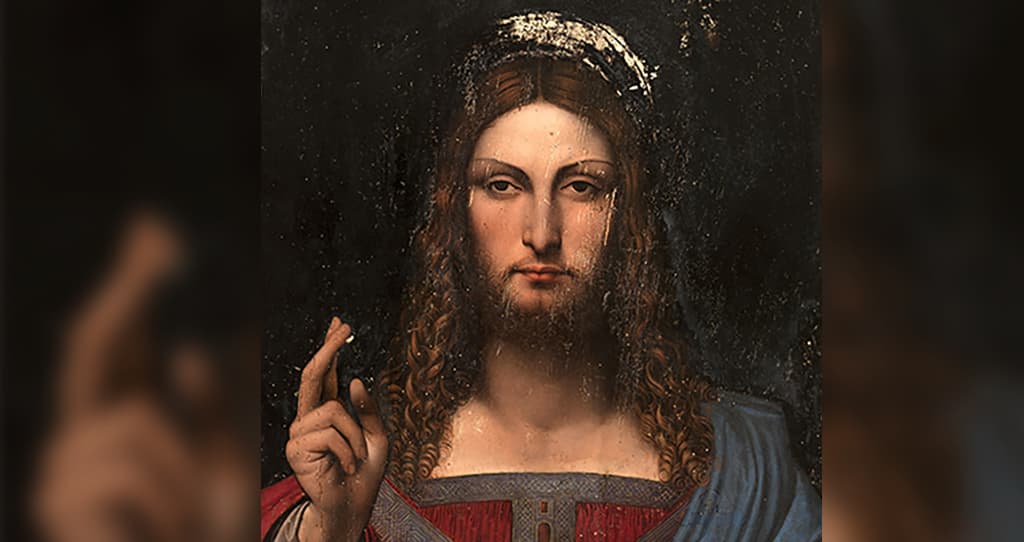
Willem de Kooning’s “Interchange”
“Interchange,” a vibrant abstract landscape by Willem de Kooning, was sold for approximately $300 million. This section explores the painting’s critical role in the evolution of abstract expressionism and how it reflects de Kooning’s dynamic brushstrokes and emotional color palette, which have captivated the art world.
The immense value of “Interchange” can also be attributed to its pivotal influence on post-war American art, cementing de Kooning’s status as a key figure in this transformative period. The painting’s sale highlights the high demand for seminal works by iconic modern artists.

Paul Cézanne’s “The Card Players”
One of Paul Cézanne’s most revered series, “The Card Players,” fetched around $250 million in a private sale. This piece focuses on the painting’s composition and the way it exemplifies Cézanne’s contribution to the foundations of modern art. The characters depicted provide a deep insight into Provencal life, which Cézanne portrayed with great intimacy and intensity.
The sale of this painting underscores Cézanne’s profound impact on art, bridging the 19th and 20th centuries. “The Card Players” is celebrated not just for its aesthetic appeal but also for its historical importance in the development of both Cubism and Fauvism.

Pablo Picasso’s “Les Femmes d’Alger (Version ‘O’)”
Pablo Picasso’s “Les Femmes d’Alger (Version ‘O’)” achieved a sale price of $179.4 million, making it one of the most coveted pieces in the art market. This section examines the cultural and artistic significance of the series to which this painting belongs, reflecting Picasso’s engagement with themes of gender and culture.
The painting’s allure is enhanced by its historical context and Picasso’s reputation. It draws extensively on the heritage of the masters before him while propelling his own innovative style forward, illustrating the continuous evolution of art through the ages.
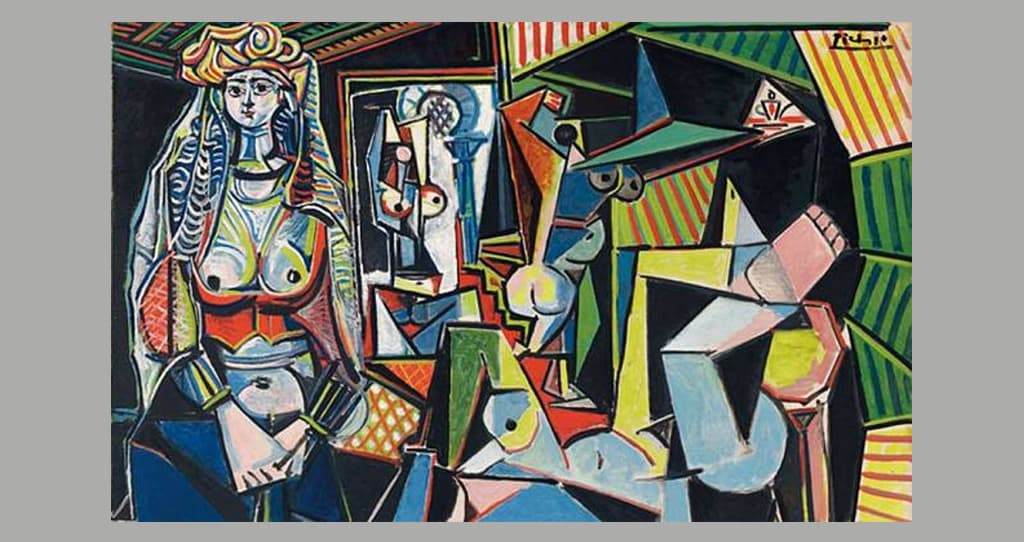
Amedeo Modigliani’s “Nu Couché”
Amedeo Modigliani’s “Nu Couché,” sold for $170.4 million, is celebrated for its bold eroticism and distinct style, which marked a departure from the traditional representations of the human form. This section discusses how Modigliani’s personal vision contributed to the radical shift in art during the early 20th century.
The painting’s high auction price reflects the unique blend of Modernist aesthetics and classical motifs that Modigliani mastered. “Nu Couché” is not only a depiction of the human body but also an emblem of artistic rebellion, echoing the cultural shifts of its time.

Gustav Klimt’s “Portrait of Adele Bloch-Bauer II”
Gustav Klimt’s “Portrait of Adele Bloch-Bauer II,” which fetched $87.9 million, is an exquisite example of Klimt’s golden phase. This section highlights the ornate detail and rich symbolism that define Klimt’s work, alongside the intriguing story of Adele Bloch-Bauer, whose life and patronage had profound impacts on Klimt’s career.
This portrait’s value is significantly enhanced by its backstory, including its restitution history after being looted during World War II. The painting’s journey back to Adele’s heirs and subsequent sale encapsulates a poignant chapter of art history, intertwining legal, ethical, and aesthetic questions.
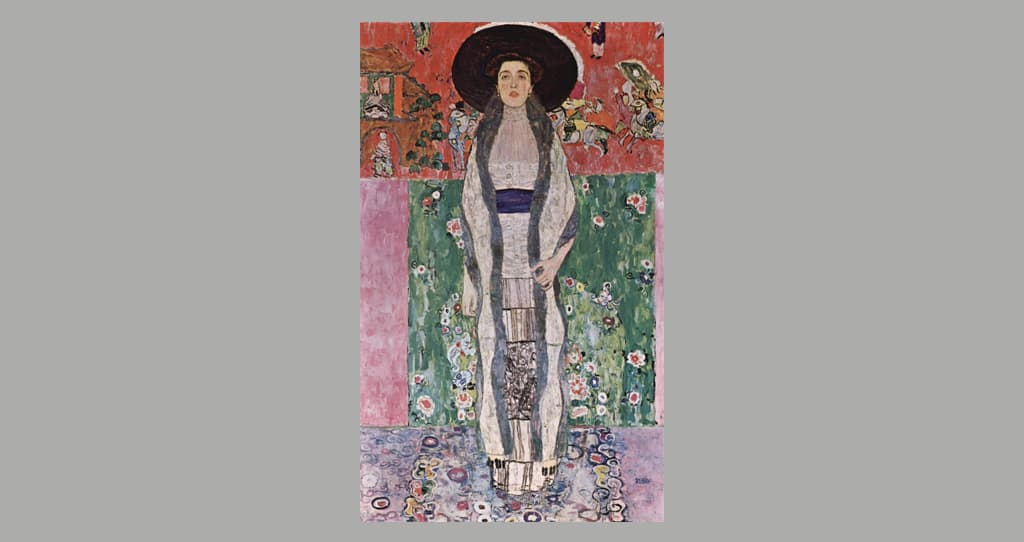
Jackson Pollock’s “Number 17A”
Jackson Pollock’s “Number 17A” garnered $200 million due to its critical role in the development of Abstract Expressionism. This piece provides an analysis of Pollock’s unique style of drip painting, which revolutionized the visual arts and continued to influence generations of artists.
The artwork’s sale not only set records but also reaffirmed the enduring interest in Pollock’s innovations that disrupt traditional notions of technique and composition in painting.
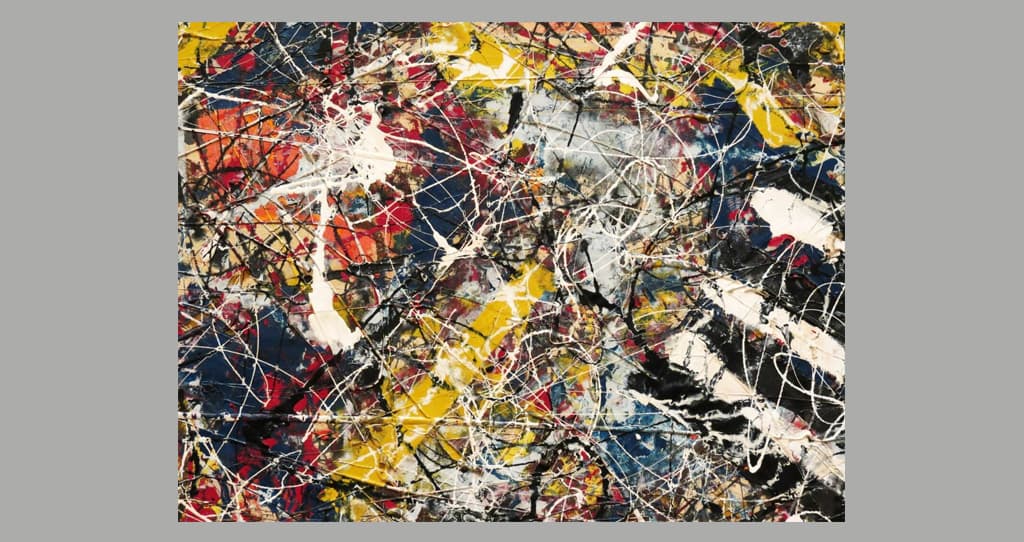
Mark Rothko’s “No. 6 (Violet, Green and Red)”
Mark Rothko’s “No. 6 (Violet, Green and Red)” is a striking example of his transcendent use of color and form, which sold for around $186 million. This section delves into Rothko’s philosophy of art as an emotional and spiritual experience, explaining why his works command such high prices.
Rothko’s ability to convey profound emotions through large blocks of color has made his paintings highly sought after in the art market. The sale of “No. 6” exemplifies how his works resonate with collectors seeking both visual beauty and deep emotional engagement.
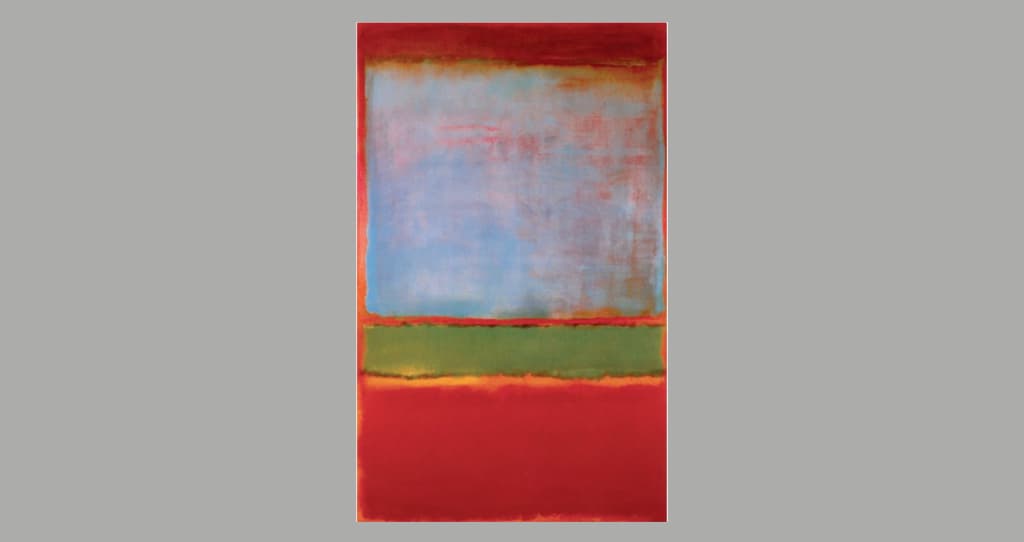
Rembrandt van Rijn’s “Pendant portraits of Maerten Soolmans and Oopjen Coppit”
Rembrandt van Rijn’s “Pendant portraits of Maerten Soolmans and Oopjen Coppit” are significant both for their artistic and historical value, selling for $180 million. This segment explores the mastery of Rembrandt’s technique and his ability to capture the essence of his subjects’ personalities through portraiture.
The pair of full-length portraits are celebrated for their detailed depiction and the insight they provide into 17th-century Dutch society. Their sale underscores the timeless appeal of Rembrandt’s art, which continues to attract high levels of interest and admiration from around the globe.

Francis Bacon’s “Three Studies of Lucian Freud”
Francis Bacon’s “Three Studies of Lucian Freud,” sold for $142.4 million, is a powerful example of his intense and emotional approach to figurative painting. This section examines how Bacon’s tumultuous relationship with Freud influenced the dramatic intensity of the triptych.
The high auction price reflects the collector’s value not only on the artistic quality but also on the personal story between the artist and his subject, which adds a rich layer of depth to the artwork. Bacon’s ability to evoke raw, emotional force in his paintings has made them icons of modern art.
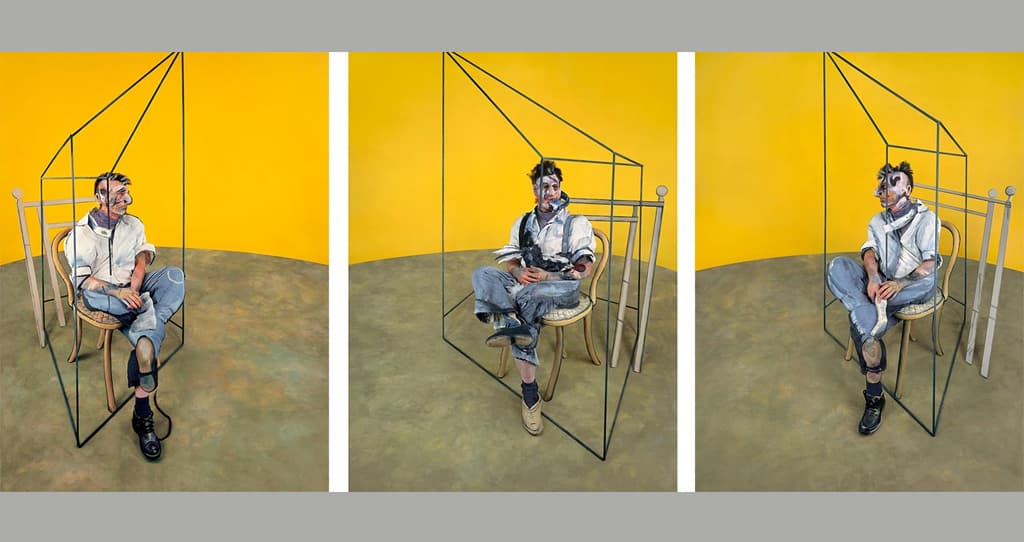
Impact of Provenance on Painting Prices
The provenance of a painting—its history of ownership—can significantly influence its market value. This section discusses how the documented history of an artwork adds layers of authenticity and rarity, enhancing its appeal to collectors.
Provenance not only provides a historical context but also serves as a mark of legitimacy that can greatly increase a painting’s desirability in the market, often resulting in higher prices at auction.
Record-Breaking Sales and Their Influence on the Art Market
Record-breaking sales of paintings often garner media attention and spark public interest in the art market. This section analyzes how these high-profile sales impact trends in art collecting and investing, influencing the prices of other works by the same artist or within the same genre.
Such sales frequently set new benchmarks for artists and genres, creating a ripple effect across the market that can lead to increased interest and valuation of related artworks.
Conclusion: The Future of Art Investments
The future of art investments looks robust, driven by the growing appreciation for art as both a cultural artifact and an investment vehicle. As we have explored, the art market continues to thrive, with record-breaking sales highlighting the economic potential of high-caliber artworks.
This guide aims to provide an enriched understanding of why certain paintings achieve such high auction figures and how they continue to influence the global art market. Whether you are an investor, a collector, or simply an art enthusiast, the dynamics of the art market offer valuable insights and opportunities for engagement.
